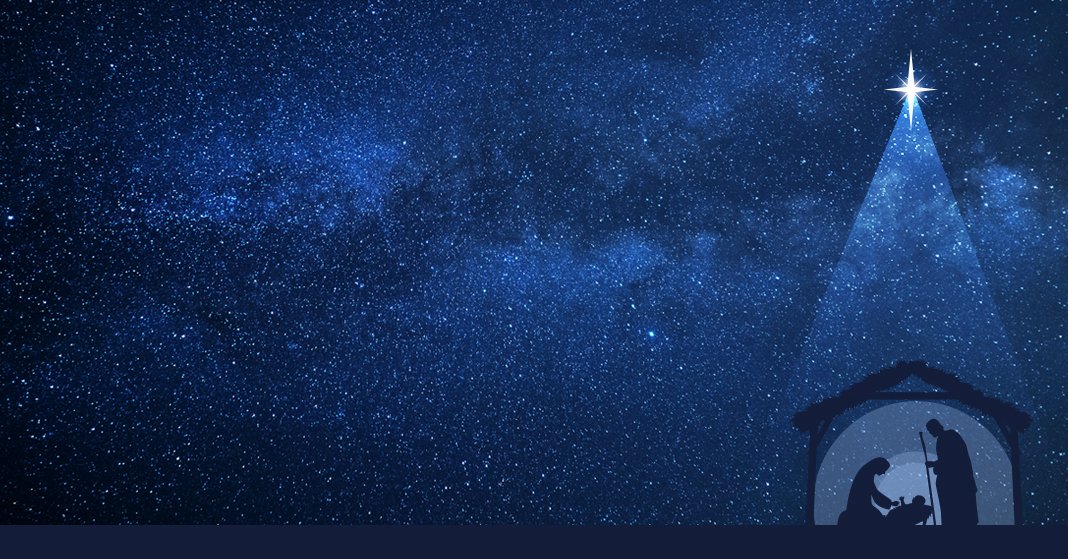Each Year as Advent approaches, I and others promise ourselves additional moments of quiet reflection to anchor Bethlehem’s gift into the ordinariness of the daily. As usual the obligations of the daily unfold, and moments of joy become added, as we celebrate Christmas (a bit early) with those with whom we live, meet and work. Often there is a trip to the mall, and we know for certain that upon departure we will hear echoed, “have a holly, jolly, Christmas, this year.” The days slip by.
It is not surprising that the Liturgy tries to recapture our attention with the beginning of the “O Antiphons of Advent” on December 17th . These antiphons will be with us until December 23rd. At first glance, we recognize that each of the seven is an attribute of the Child to be born in Bethlehem. For example, “O Wisdom” celebrates the creative and creating Word of God - a celebration and a hope/longing for truth/justice/peace to reign. We are conscious of the hunger of a world that cries for wholeness and seeks to acquire it- often by force. As we probe the meaning of each of the antiphons, we find both an attribute of Bethlehem’s Child and an existential challenge. “O Rising Sun” offers a supplication to God to intervene in the chaos we have created. We seek justice, for peoples, for nations, for the poor, for families, for war-torn lands. Our exploration of the Great “Os” and their significance in our daily lives continues until December 23rd.
Our readings for the 4th Sunday of Advent continue our preparation for Christmas. Micah (5:2-5a) notes that the ruler of Israel is from Bethlehem and that people will live secure and that “he” shall be peace. The second reading, from Hebrews. posits that Christ abolishes the offerings dictated by law and simply states “I have come to do your will.” The author notes that “it is by God’s will that we have been sanctified through the offering of the body of Jesus Christ once for all.” (Hebrews 10:5-10). The gospel reading from Luke (1:39-45) recounts Mary’s travel to Ein Karem to greet her cousin Elizabeth who exclaims “as soon as I heard the sound of your greeting, the child in my womb leapt for joy.” Undoubtedly this visit is linked to Mary’s earlier “fiat”. On the surface there is a warm greeting between cousins. However, travelling in the first century was not a simple task. The journey from Nazareth to Judea would take at least four days on foot or donkey. Often people travelled by Caravan. A woman, particularly a young unmarried girl, travelling alone leaves herself open to charges of shameful conduct. Luke brings together these two Mothers-to-be to recognize and celebrate the God who is so entwined in their lives and subsequently in the lives of their children.
On December 25th, the Birth of the Babe in Bethlehem underscores our belief that God is with us – yesterday, today, and tomorrow. On December 26th we walk confidently forward amid the graces and challenges of our time to gift 2025 with the love of neighbour, the CSJ Charism.
-Sister Anne Anderson, CSJ
Image: Greyson Joralemon; Max Beck | Unsplash















